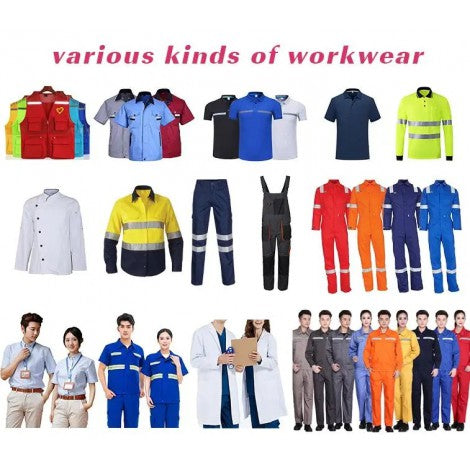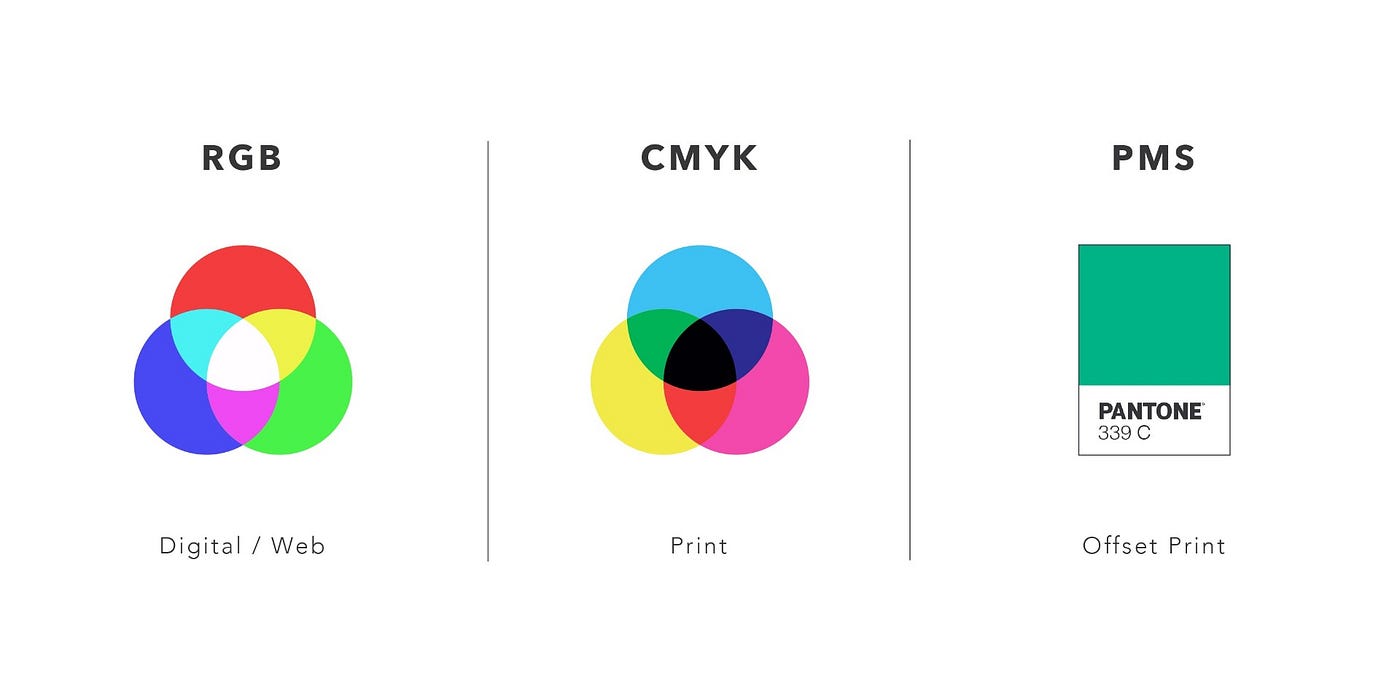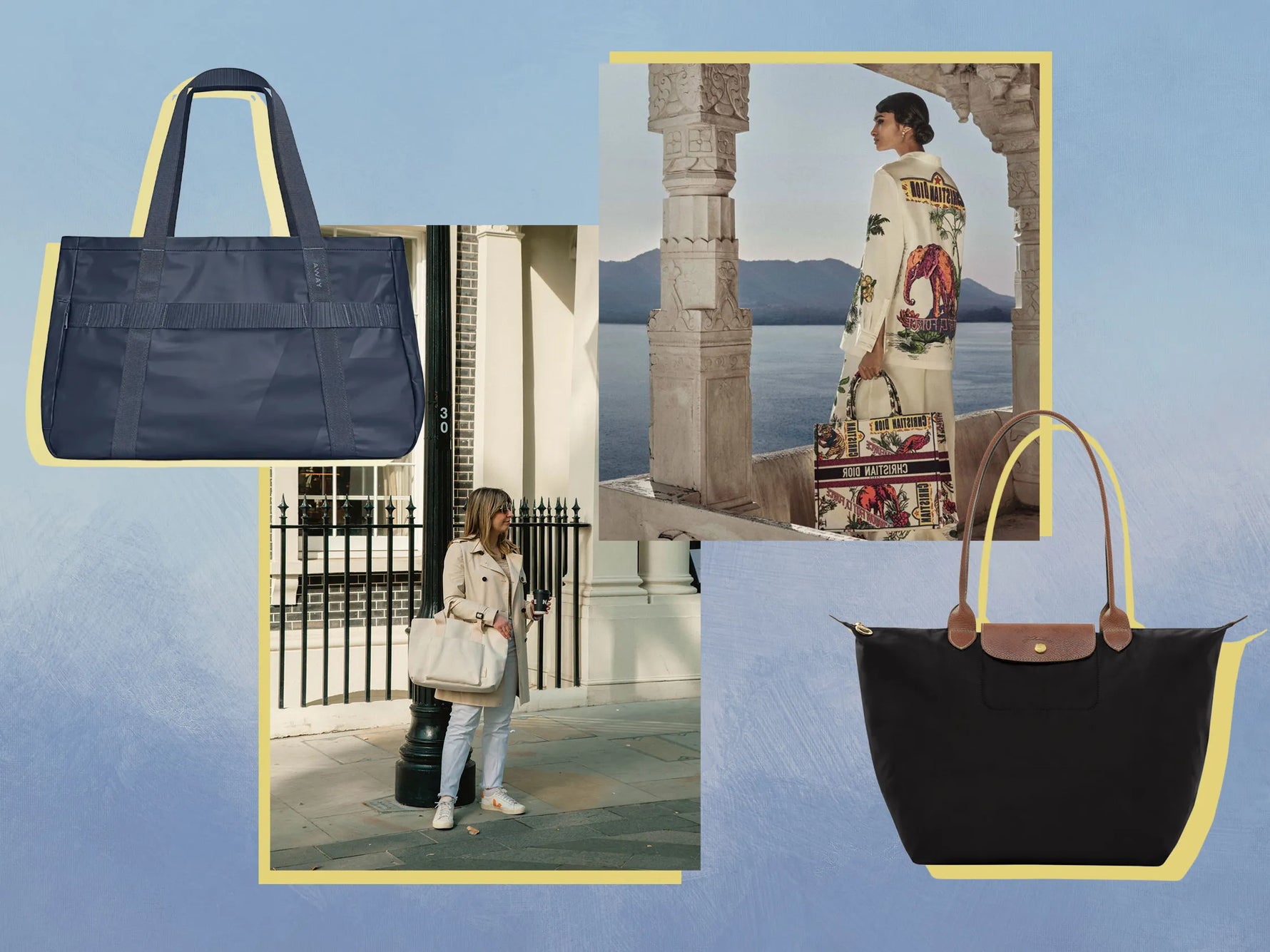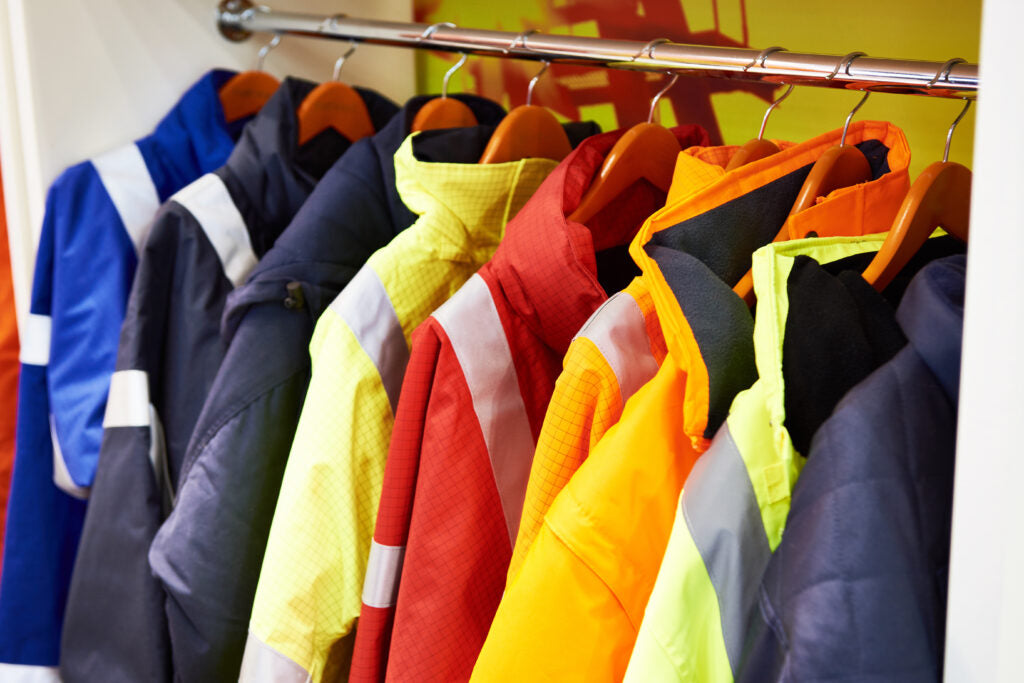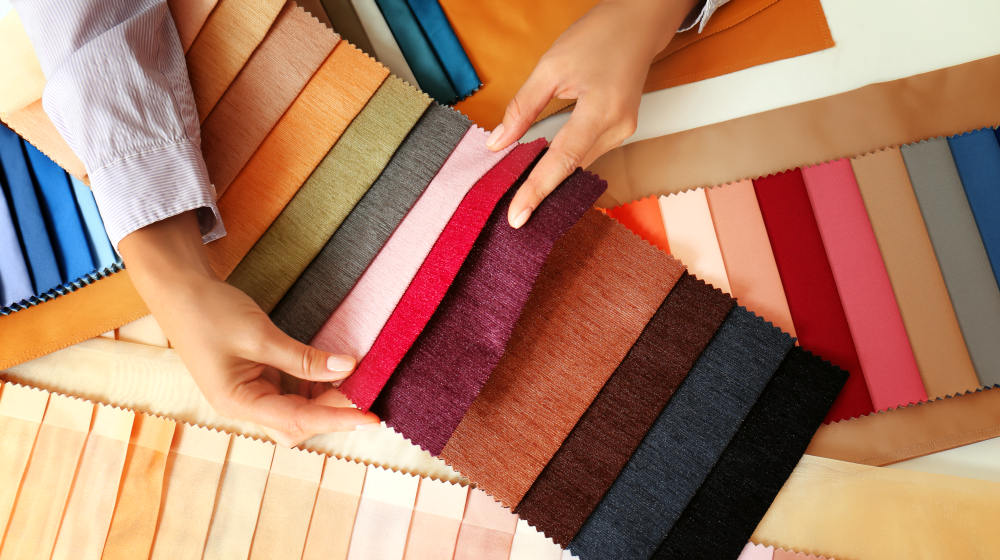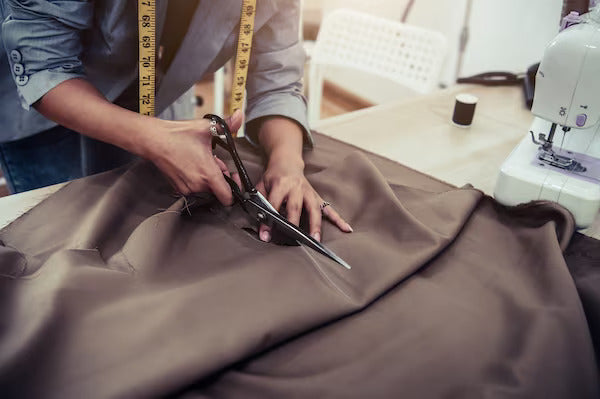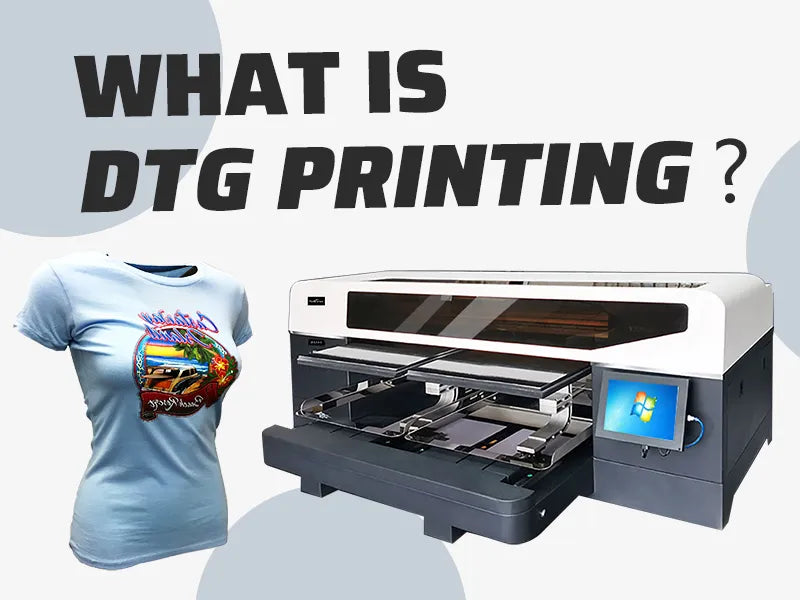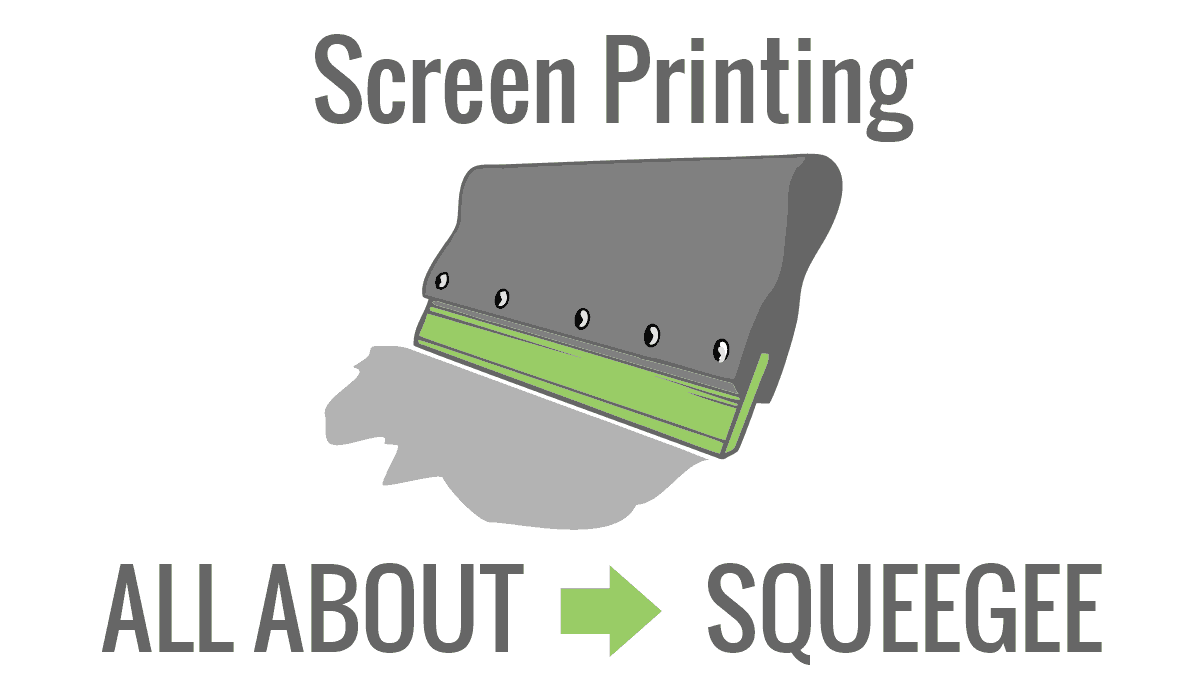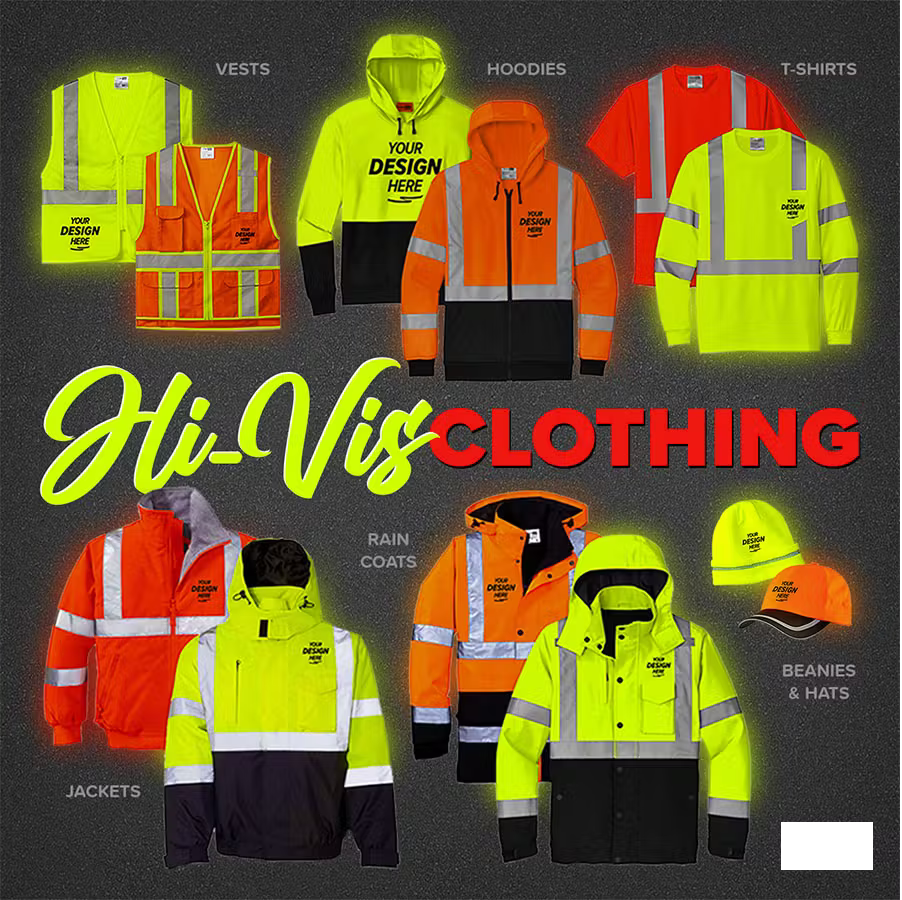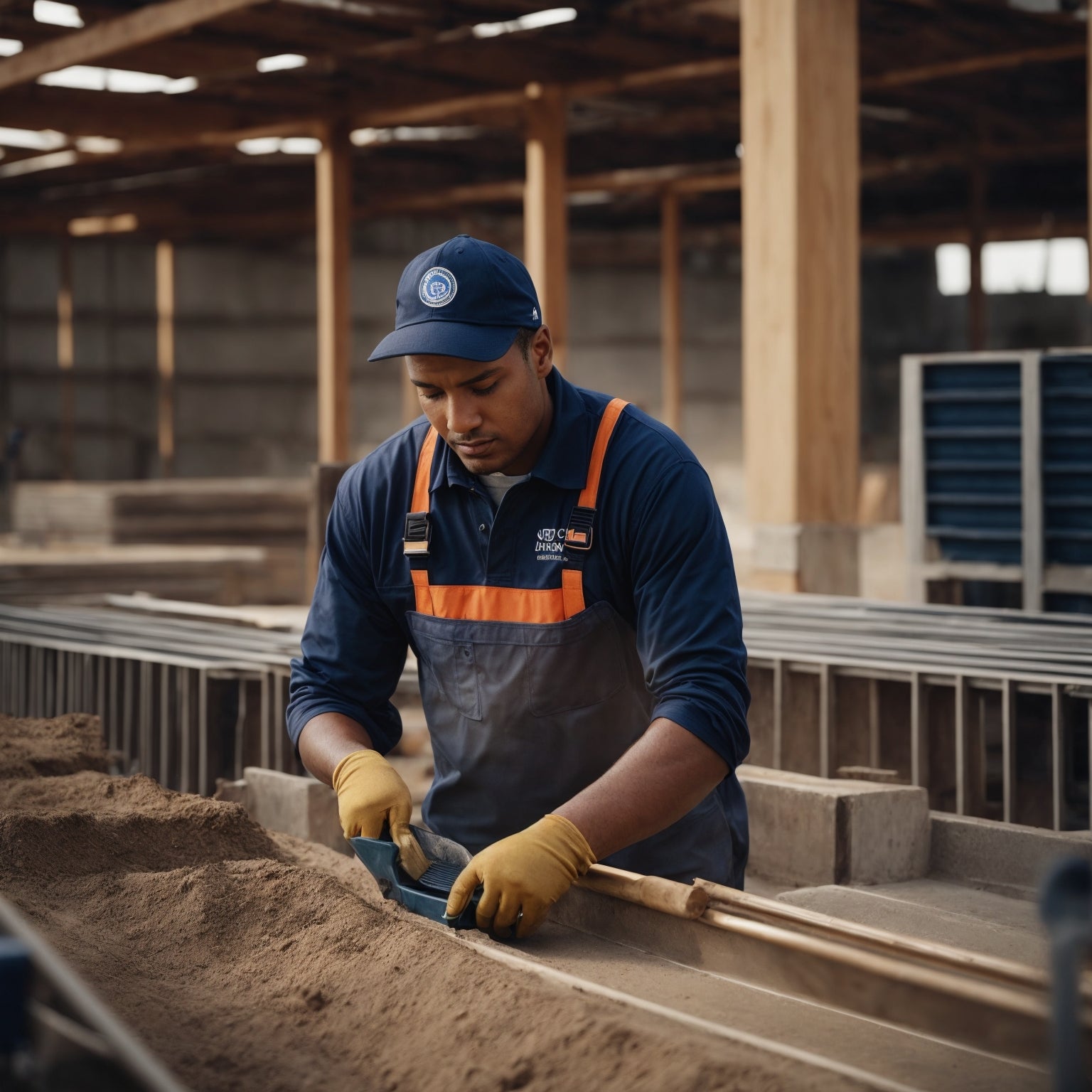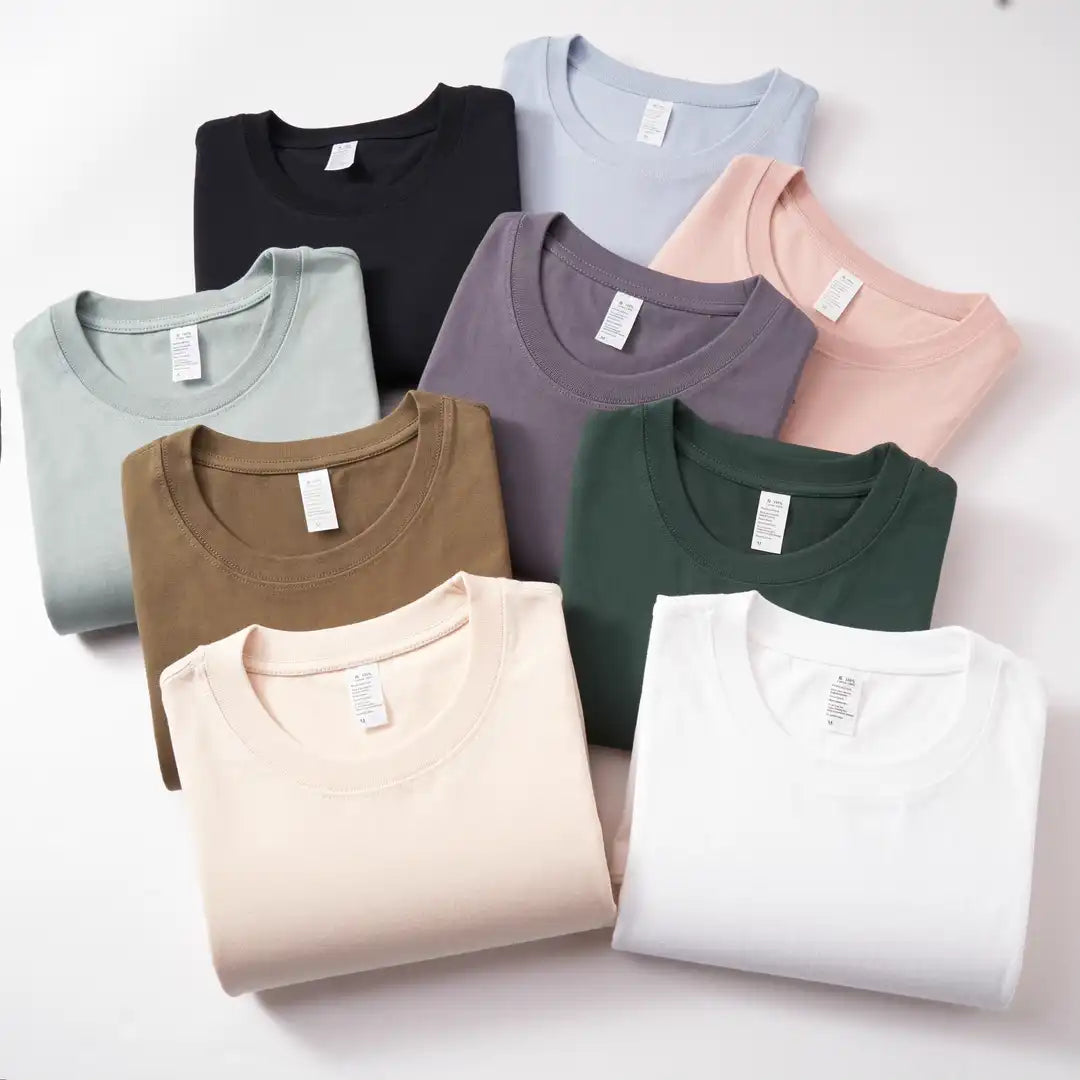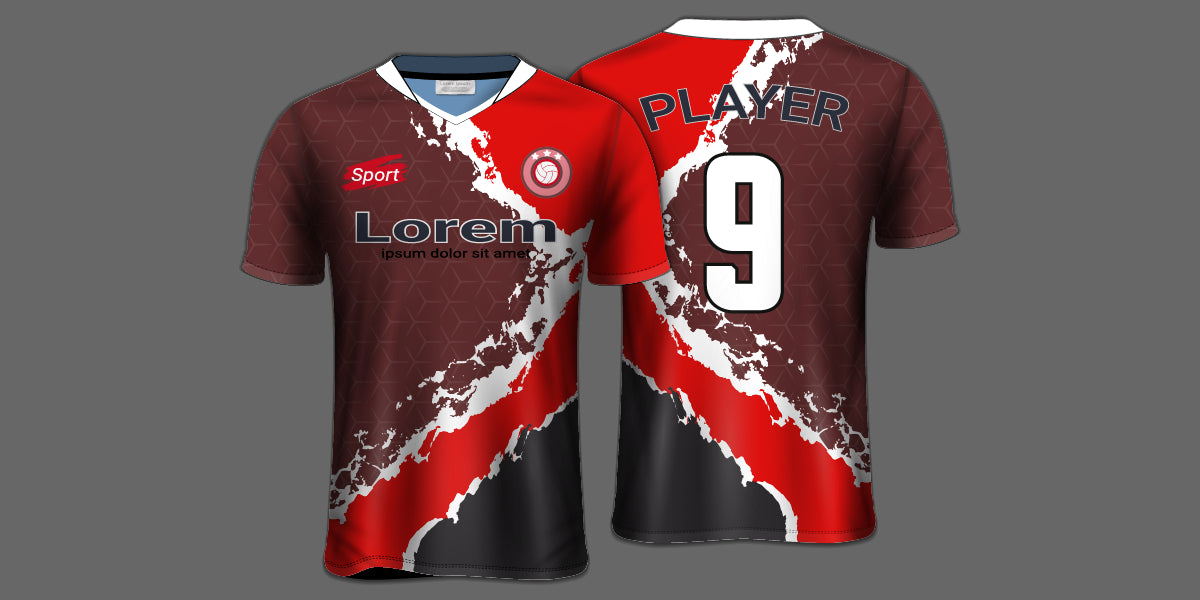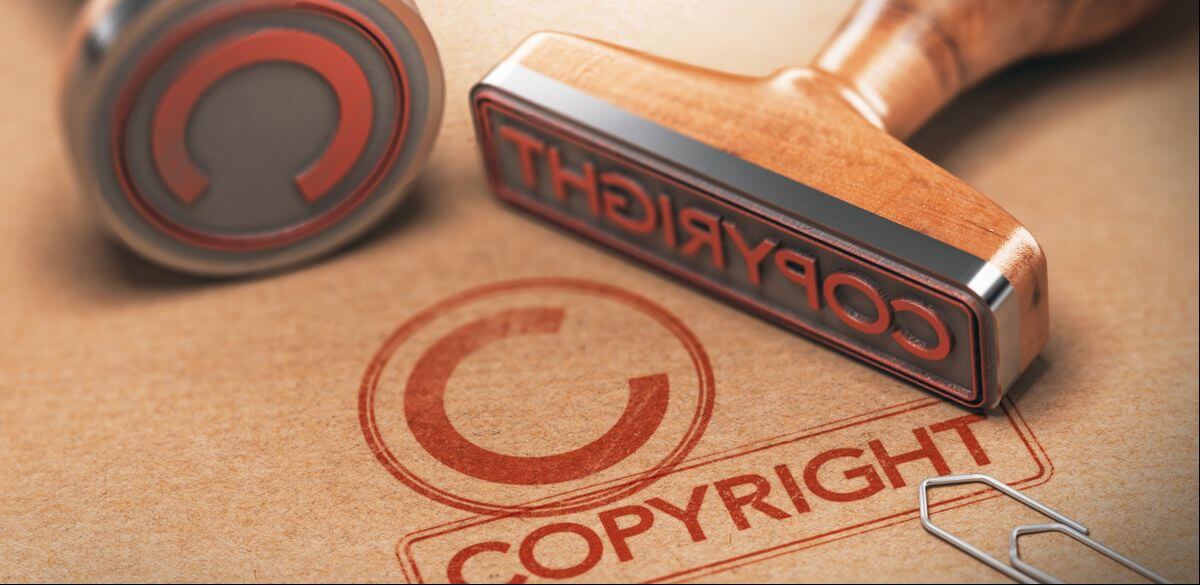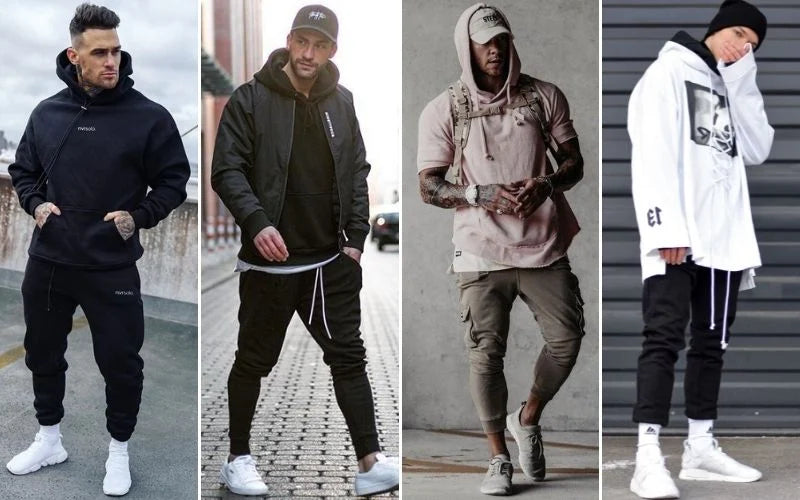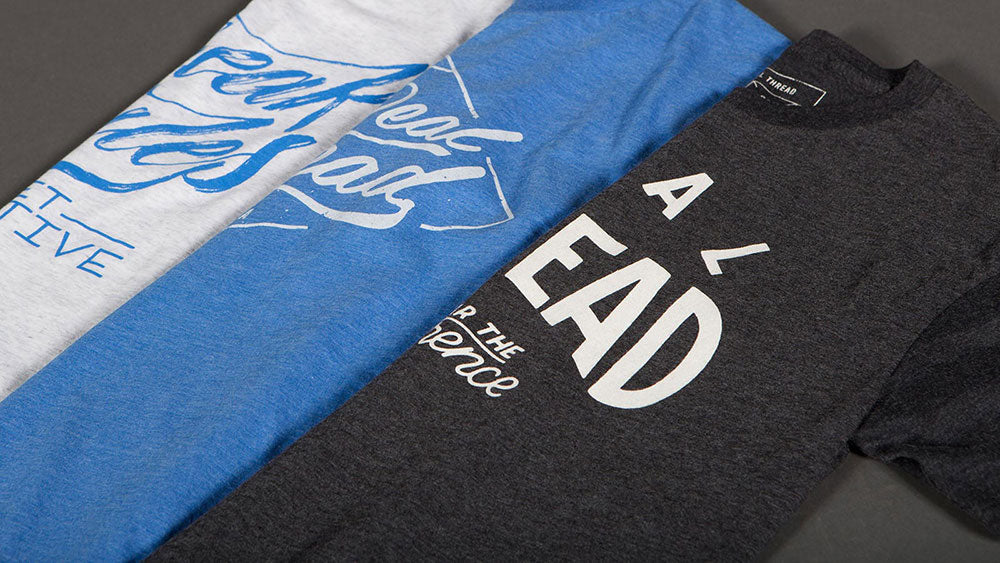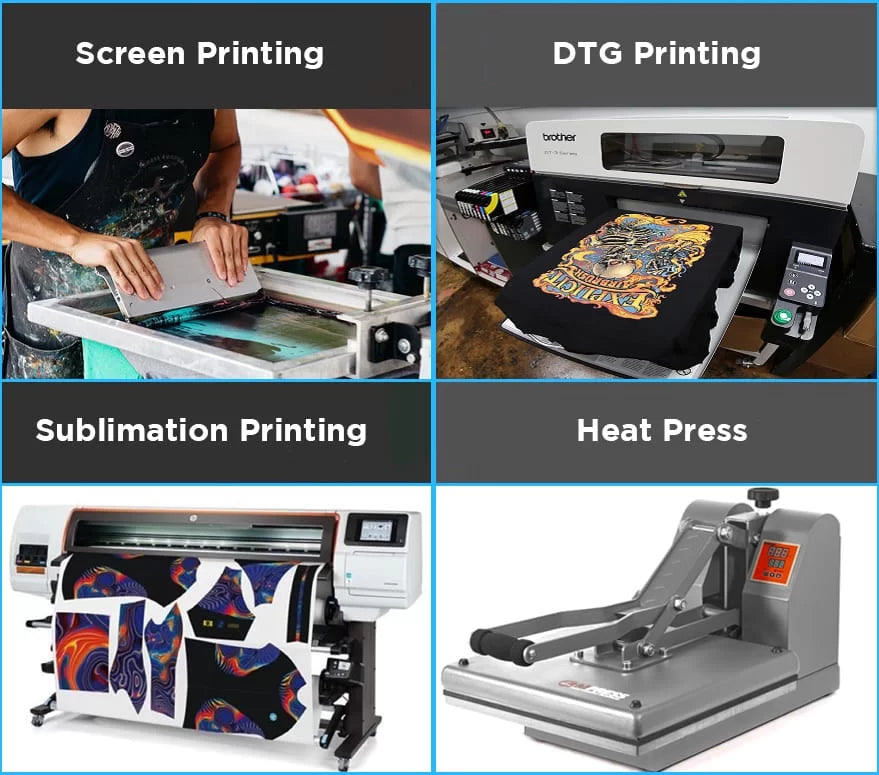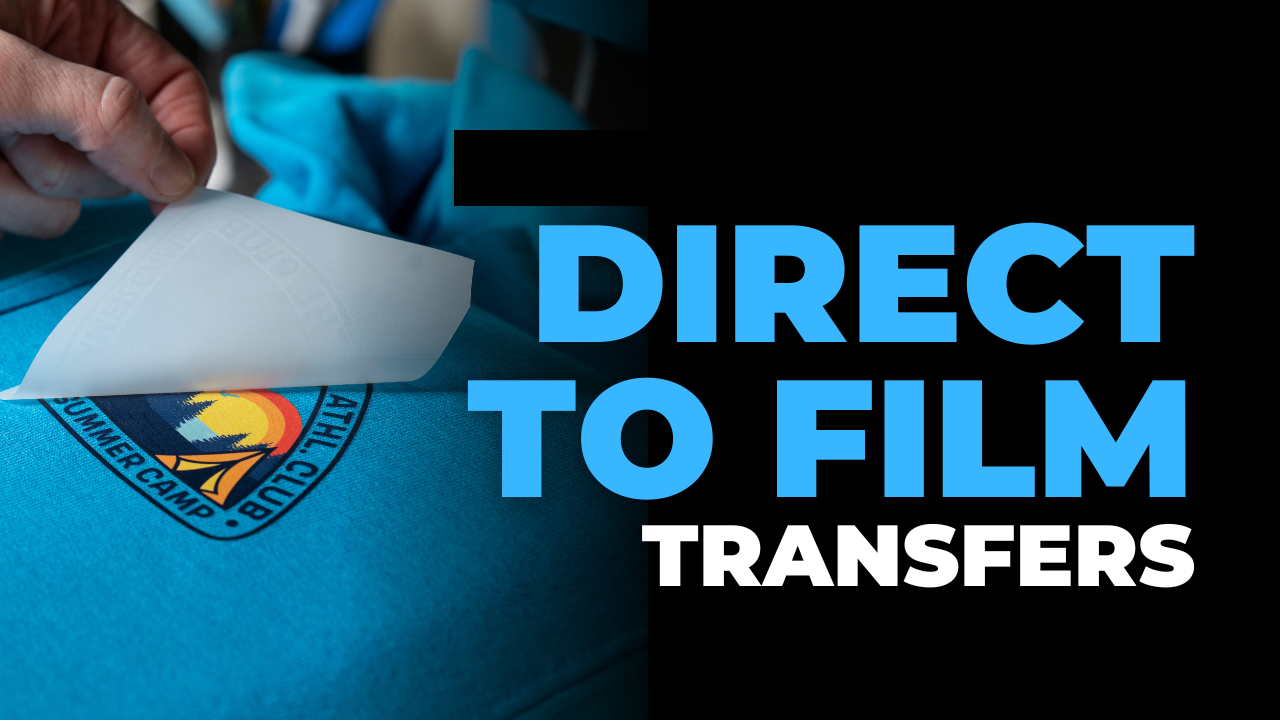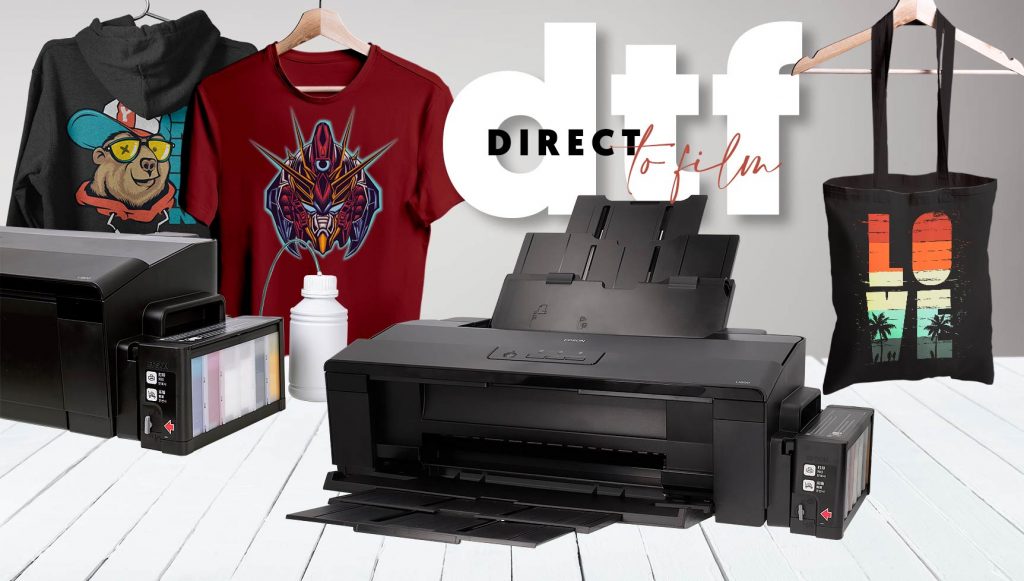News
by Abdullah Ali on Oct 30, 2023
In today's fashion-forward world, the humble T-shirt has evolved from its origins as an undergarment to become a style staple in everyone's wardrobe. Whether you're a fashion enthusiast or simply looking for comfortable daily wear, understanding T-shirt weight is crucial. In this comprehensive guide, we'll delve into the world of T-shirt weights, helping you make informed choices for your wardrobe.T-shirts have come a long way from their origins as plain white undershirts. They now come in a vast array of styles, colors, and most importantly, weights. T-shirt weight refers to the thickness and heaviness of the fabric used to make the shirt. It can have a significant impact on your comfort, style, and even the environmental footprint of your clothing choices.T-shirts are a universal symbol of casual fashion. They've evolved from being hidden beneath layers to taking center stage in our wardrobes. But beyond the design and graphics, the weight of a T-shirt is a critical factor to consider.
What Is T-Shirt Weight?
T-shirt weight, often expressed in grams per square meter (GSM), indicates the density of the fabric. A lower GSM means a lighter, thinner shirt, while a higher GSM results in a heavier, thicker one. Understanding these weight categories will help you choose the perfect T-shirt for any occasion.A lower GSM T-shirt is like a gentle caress on your skin. It's lightweight and perfect for hot summer days, giving you a sense of freedom and breathability. The higher the GSM, the more substantial the T-shirt feels. It's akin to a warm, comforting hug, making it ideal for chilly weather or rugged outdoor activities.
Importance of T-Shirt Weight
T-shirt weight is a crucial factor to consider because it affects comfort, durability, and style. The choice between lightweight, medium weight, and heavyweight T-shirts can make all the difference in how you feel and look.A lightweight T-shirt is perfect for those scorching summer days when you want to stay cool and comfortable. It's your go-to choice for a casual, laid-back look. On the other hand, heavyweight T-shirts provide the coziness you need during colder months or adventurous outdoor activities.
Various T-Shirt Weights
Lightweight T-Shirts
Lightweight T-shirts typically have a GSM below 150. They are perfect for hot summer days or as a comfortable layering option. The thin fabric allows your skin to breathe and provides a relaxed fit. These are your go-to shirts for a casual, laid-back look.Lightweight T-shirts are like a gentle breeze on a warm day. They offer breathability and comfort. These are the kind of shirts you want when you're heading to the beach or having a relaxed day in the sun.
Medium Weight T-Shirts
Medium weight T-shirts fall in the range of 150-220 GSM. They strike a balance between being too light and too heavy, making them versatile for different seasons. These T-shirts offer durability and comfort, making them suitable for various occasions.Medium weight T-shirts are your all-season companions. They are neither too light nor too heavy, striking a perfect balance. They can be dressed up or down, making them suitable for various occasions, from casual outings to slightly more formal gatherings.
Heavyweight T-Shirts
Heavyweight T-shirts boast a GSM of 220 and above. They are substantial and durable, making them ideal for colder seasons or rugged outdoor activities. Heavyweights provide a cozy feel and are excellent for a bold, rugged look.Heavyweight T-shirts are like a warm, comforting hug on a cold day. They are durable and can withstand rough usage. If you're planning a camping trip or a day out in harsh weather, heavyweights have got your back.
Choosing the Right T-Shirt Weight
The choice of T-shirt weight should be influenced by several factors.Climate Considerations
Consider the climate in your area. If you live in a hot and humid environment, lightweight T-shirts will be your best friend. For colder climates, heavier options are more appropriate.In hot and humid climates, lightweight T-shirts keep you cool and comfortable. They allow air to circulate and are perfect for preventing you from overheating. On the other hand, if you're in a colder region, a heavyweight T-shirt will provide the extra warmth you need to stay cozy.Style and Occasion
Think about the style you want to achieve. Lightweight shirts are great for casual outings, while medium and heavyweight T-shirts can be dressed up or down for a variety of occasions.Lightweight T-shirts are perfect for creating a relaxed, casual look. They are great for beach outings, picnics, or just hanging out with friends. Medium weight T-shirts are versatile and can be styled for both casual and semi-formal events. On the other hand, heavyweight T-shirts are excellent for achieving a rugged, adventurous look.Personal Comfort
Your personal preference matters. Some people love the feeling of a heavyweight T-shirt, while others prefer the lightness of a thinner shirt. Choose what makes you feel the most comfortable.Your personal comfort should be a significant factor in your choice. Some people prefer the snug and cozy feeling of a heavyweight T-shirt, while others like the lightweight, breathable nature of a thinner shirt. It's all about what feels best to you.
Fabric Options for Different Weights
The fabric of your T-shirt also plays a significant role in comfort and appearance. Let's explore some options.
Cotton T-Shirts
Cotton T-shirts are breathable and comfortable, making them a popular choice across all weight categories. They're perfect for everyday wear.Cotton T-shirts are the classics. They're soft, breathable, and perfect for everyday use. Whether you choose a lightweight or heavyweight cotton T-shirt, you can count on comfort and style.
Blended Fabrics
Blended fabrics, such as polyester-cotton blends, offer the best of both worlds. They combine the breathability of cotton with the durability of synthetic materials.Blended fabrics are the chameleons of the T-shirt world. They take the comfort of cotton and add a touch of durability from synthetic materials. This makes them suitable for various situations, giving you the best of both worlds.
T-Shirt Weight and Durability
Heavyweight T-shirts tend to be more durable due to their thicker fabric. If you're looking for a long-lasting shirt, consider a heavyweight option. However, proper care is essential to maintain any T-shirt's lifespan.Heavyweight T-shirts are built to last. Their thicker fabric can withstand wear and tear, making them an excellent choice for those looking for a long-term clothing investment. However, it's essential to take care of all T-shirts, regardless of their weight, by following the care instructions on the label.
Where to Find the Perfect T-Shirt
The market is teeming with T-shirt options. Explore local stores, boutiques, or shop online to find a T-shirt that suits your style and budget.Finding the perfect T-shirt is like going on a treasure hunt. Local stores and boutiques often offer unique and stylish options. You can also explore online stores that provide a vast selection, making it easier to find the right T-shirt for your needs.
Conclusion
T-shirt weight is a crucial aspect of choosing the perfect T-shirt for any occasion. By understanding the different weight categories, considering climate, style, and personal comfort, and being mindful of fabric choices, you can make informed decisions about your wardrobe.When you select the right T-shirt weight, you're not just choosing a piece of clothing; you're choosing comfort, style, and a statement of who you are. So, go ahead and explore the world of T-shirt weights, and find the perfect balance for your wardrobe.
Frequently Asked Questions
What is GSM in T-shirt weight?GSM stands for grams per square meter and is used to measure the density of T-shirt fabric. It indicates how thick or thin the fabric is.
Which T-shirt weight is best for hot weather?Lightweight T-shirts with a lower GSM are ideal for hot and humid weather as they allow for better breathability.
Are heavyweight T-shirts suitable for everyday wear?Heavyweight T-shirts are generally better suited for colder weather and outdoor activities rather than everyday wear.
What is the most common fabric for T-shirts?Cotton is the most common fabric for T-shirts due to its comfort and breathability.
How can I make my T-shirts last longer?To extend the lifespan of your T-shirts, follow care instructions, wash them in cold water, and avoid excessive heat in the dryer.


